The Educator’s Experience of Pathological Demand Avoidance: An Illustrated Guide to Pathological Demand Avoidance and Learning
£13.30
I realised EVERYTHING I was doing was wrong.
I needed to learn.
I needed to change.
During Laura Kerbey’s time teaching autistic children, she had a sudden realisation that those with Pathological Demand Avoidance (PDA) are children like no other! None of her tried and tested autism strategies would work to help them focus or learn and most of her time was spent wondering, what am I doing wrong?
If you feel the same, this short, easy-to-read guide is here to teach you everything you need to know from one educator to another. With an introduction to what PDA is followed by PDA tailored advice on how to connect with your student and create an autonomous, spontaneous environment that is personalised for you both, this guide is here to ensure that you and your PDA student thrive!
Illustrated by the popular Eliza Fricker and packed with entertaining anecdotes (including one about Jabba the Hut’s poo), this go-to-guide contains everything you need to start implementing PDA friendly learning to help you connect with your student and help them make the most of their learning experience.
Read more
Additional information
| Publisher | Jessica Kingsley Publishers, Illustrated edition (21 April 2023) |
|---|---|
| Language | English |
| Paperback | 128 pages |
| ISBN-10 | 1839976969 |
| ISBN-13 | 978-1839976964 |
| Dimensions | 13.8 x 0.81 x 21.6 cm |

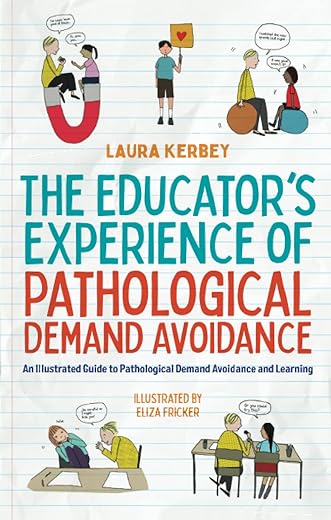
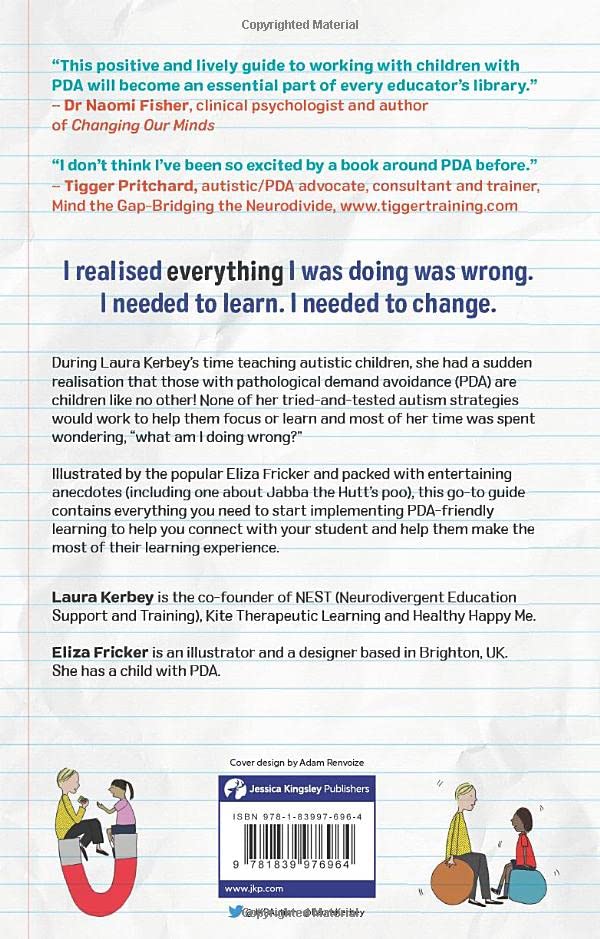

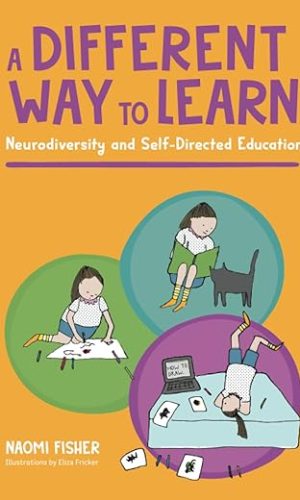


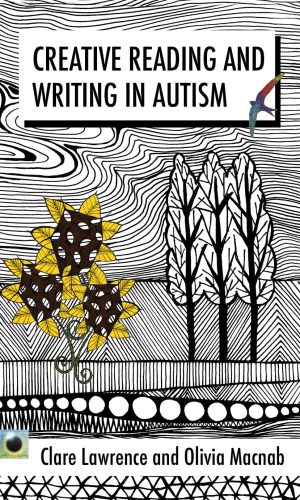
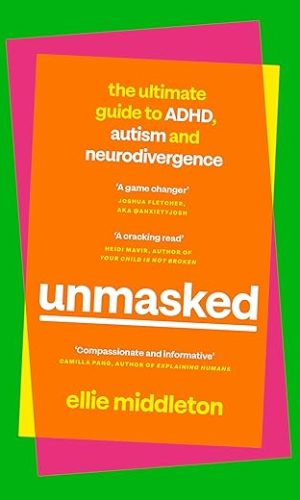

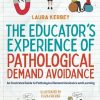
by Lynn McCann
There are a few good books about PDA and I would recommend reading more than one to get the full picture of how to work with a child. But usually LSAs are the ones having to support a child whose needs are vastly different from most of the class pupils and so this book is a quick read and a good reminder of all the main helpful approaches. I love how Laura is positive and reminds of about why these approaches are important to the child. There are a good variety of examples and Eliza’s illustrations help you stop and think through what really is happening for the child. I have supported many children with PDA and this book is one I would keep in my toolbox to keep reminding me that its okay to do things differently and that children with PDA are the ones who need us to understand them.
by Anna L.
Read it in less than 24 hours. Would be just as helpful for a parent with a PDAer at home, as for educators in school settings.
🐼 🐼 🐼 🐼 🐼 🐼 🐼 🐼 🐼
In my experience, teachers are constantly subjected to developing and implementing new ways of working in line with the latest educational research and school improvement plans.
Teachers are told how to organise their students prior to, and on entry to, classrooms; how to set out their PowerPoint screens; how to arrange the notices on their walls; where to stand in their classrooms; how to greet students and which students to check in with first. Teachers are directed how and when to take the register, and what format the first activity of the lesson should take. They are told what colour paper to use for work sheets and which fonts not to use. They are directed as to whether or not students should write and underline the date, the title, the lesson objective, whether they should, or should not fold worksheets before sticking them in or trim them so they lie flat. These directives change from year to year. Some are genuinely supportive to students and based on sound research, others less so.
As a result, a culture has developed whereby teachers may expect that all ideas for supporting students to come in the form of clearly defined methods such as setting out worksheets in this way, or modelling tasks that way.
This book won’t dictate anything like that. I don’t think it features the terms “strategies” or “tool kit” anywhere and it’s all the better for it.
Will it tell you the best way to get your PDA learner to complete your worksheet or take part in your classroom activity like all the other students? No. But then PDAers are not like all the other learners. Will it give you ideas about how best to support your PDA learner to feel safe enough to engage and hopefully thrive? Absolutely!!
🐼 🐼 🐼 🐼 🐼 🐼 🐼 🐼 🐼
by Selina
I have purchased this book 3 times now, first for myself, my son is Pda. I’m not a big book reader but this book is brilliant, from the texture of its cover to the amazingly written details around education for pda’ers. I’ve used this book in my son’s EHCP any professional working with my son needs to be familiar with this book. Nanna has also requested a copy she has read mine and thought it captured pda so well and love the book, and the third copy is for a family friend who has a daughter and grandchildren with pda and wants to know more so she can help with education and communication. I’ve seem many reviews on this book and I thought it was about time I gave mine. This book is a must read in my opinion, it’s so nice and refreshing to read a book that you can identify with your child and the tips and advice are envaluble for any one wanting to help their pda’er thrive.
by Dr Christopher Moore
“The Educator’s Experience of Pathological Demand Avoidance” is an essential resource for teachers, teaching assistants, and other school staff supporting pupils who are sensitive to pressure and demands. The early chapters helpfully reframe these pupils’ desire for control as underlying needs for safety, connection, trust, and autonomy. Later chapters emphasise the importance of flexibility, choice, humour, and reducing pressure. These principles, and the practical strategies which Laura recommends, are a welcome contrast to more traditional behaviourist strategies which focus on rewards and sanctions at the expense of curiosity and empathy. The “Quick One Minute Reminder Guide” after the final chapter should be required reading for all educators supporting neurodivergent pupils. The book is illustrated throughout by Eliza Fricker. As with Eliza’s other books, the cartoons help to paint an accessible and relatable picture of everyday scenarios which will be familiar to many educators.
by Luna Rose
Cannot recommended this book enough, have recommended it to my child’s EOTAS online tutor.
The use of personal experience examples really sets it apart from other books on the topic.
It’s aimed at those working with children with demand avoidance ( PDA continues not to be diagnosed in certain postcodes so I use demand avoidance instead) however as a parent who is left to fill in the gaps left by insufficient education/Sen support this book is useful to myself too. (Much of it I have learnt myself via trial and error over the years however the refresher is welcomed, the quick one minute reminder guide will be useful over the years to come).
A name is mentioned within the book, one that has caused some issues within the community recently I believe, however this book should not be discarded due to this, for the sake of those that this resource may very well help.
From a mother of a child that has left two specialist provisions because “we have run out of autism strategies, they just don’t work for him”, if they had read this book at the time maybe his path would have been different/with less suffering.